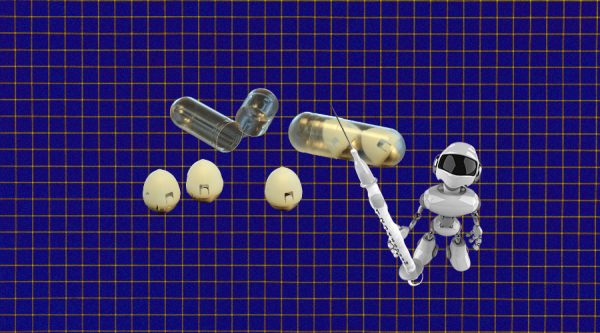Earlier, obtaining an image of a protein took laborious effort that could take days, months, or even years
Alphabet’s DeepMind powerful machine-learning engine discovered 200 million proteins – pictures that could speed up the search for new medications.
DeepMind, a division of Alphabet that specializes in artificial intelligence, astounded the scientific community by releasing something genuinely spectacular: a picture of nearly every protein on Earth, 200 million of them.
This machine-learning achievement might hasten the development of novel medicines. My own doubts regarding the potential of artificial intelligence in the pharmaceutical sector have already been disproved.
The protein structure algorithm AlphaFold from DeepMind is fascinating since it provides so much essential knowledge about living things.
Proteins are necessary for life and the creation of medications since they are life’s building blocks. Proteins can act as both drug targets and drug substances. In either scenario, it’s crucial to understand the complex patterns they fold into. They can regulate things like when a signal is transferred between cells or whether a process is switched on or off with the help of their coils, floppy bits, secret pockets, and sticky patches.
Earlier, obtaining an image of a protein took laborious effort that could take days, months, or even years to complete and occasionally never did.
Scientists have been attempting to teach computers to anticipate a protein’s model based on its gene code since the 1990s. In 2020, AlphaFold experienced its first taste of achievement when it accurately predicted the structures of a few proteins. The following year, DeepMind uploaded roughly 365,000 proteins to its server.
It has now opened up the entire protein universe, including those found in bacteria, animals, fungi, plants, and other life forms.
Much like the gene-editing technology Crispr transformed the study of human disease and the development of therapies to target genetic flaws, AlphaFold’s feat is radically changing the way new antibiotics can be invented.
Producing the complete protein compendium is a completely different endeavor that falls outside the typical hype cycle. It’s understandable why officials at biotech and pharmaceutical companies are embracing AlphaFold’s revelations so enthusiastically.
Even when the images are poor, according to researchers in both university and industrial facilities, they still contain enough details to give a general idea of where the key information is located. Professor David Liu, who founded numerous biotech companies and is a member of the Broad Institute of MIT and Harvard, claimed that the technology still enables his lab’s researchers to “accomplish that Zen-like understanding state” when deciding where to alter a protein in order to change its characteristics.
Proteins do not, however, exist in static form. They yawn, wiggle, and turn inside the swamp of a cell, based on the task they’re working on at any given time. To put it another way, scientists would want to have protein TikTok or, someday, protein YouTube; AlphaFold offers us protein Instagram.
This just addresses one phase in the process of developing new medications, even if it were to become feasible one day. The costliest step is testing the new drug on people.
However, AlphaFold’s images can expedite the testing phase for pharmaceutical companies. Even though DeepMind’s achievement required years of scientific research, the results are genuinely remarkable. Moreover, it made that work available without charge.
We are finally catching a peek at how AI could revolutionize the pharmaceutical industry. It is now conceivable to speculate about the upcoming scientific and medical issues that machine learning might resolve.
Source: analyticsinsight.net









